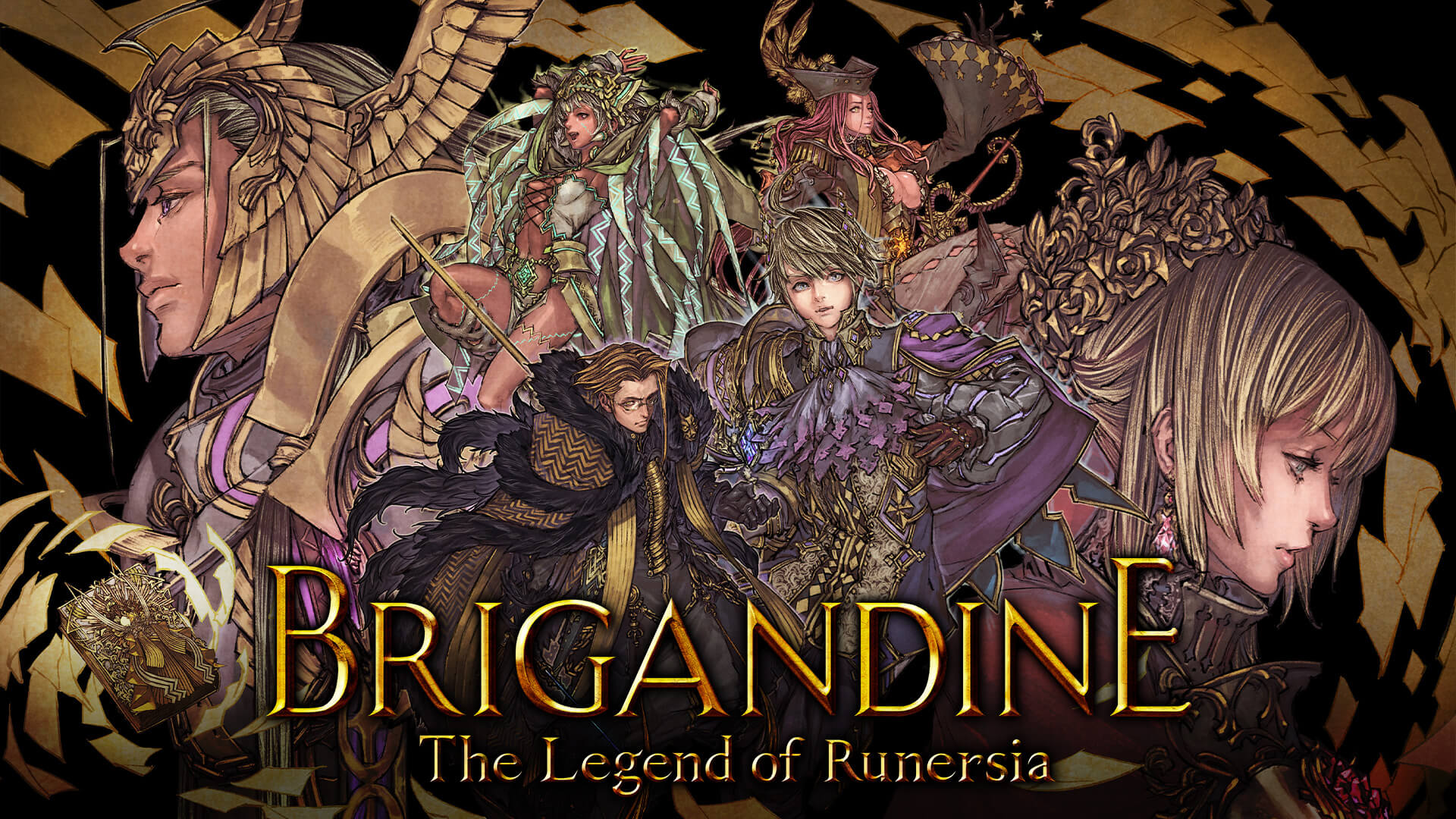We all know how time slows down when we do something boring – but goes by way too fast when we do something fun. In Brigandine The Legend of Runersia (which I’ll shorten to Brigandine) time moves in seasons – and passes by very quickly. Must be because we have our hands full – moving troops, summoning monsters and managing so many armies… But let’s take a step back and go in order.
SO MANY NATIONS, SO LITTLE TIME
The Legend of Runersia is the sequel to the original The Legend of Forsena – a 1998 North American PS1 exclusive. The original version of The Legend of Runersia came out almost two years ago on Switch. Although the PC version did add bells and whistles, the game’s basically the same. Brigandine is a turn-based strategy, where we choose and control one of six “powers” in the nation, to… defeat everyone. Well, that’s the gist of it, but there’s also much lore. Here’s the summary: It’s the year 781 on the continent of Runersia. Five nations and a small tribe battle it out to unite the nation under a single banner. Only then, will the forgotten legends and the true story of Runersia be revealed.
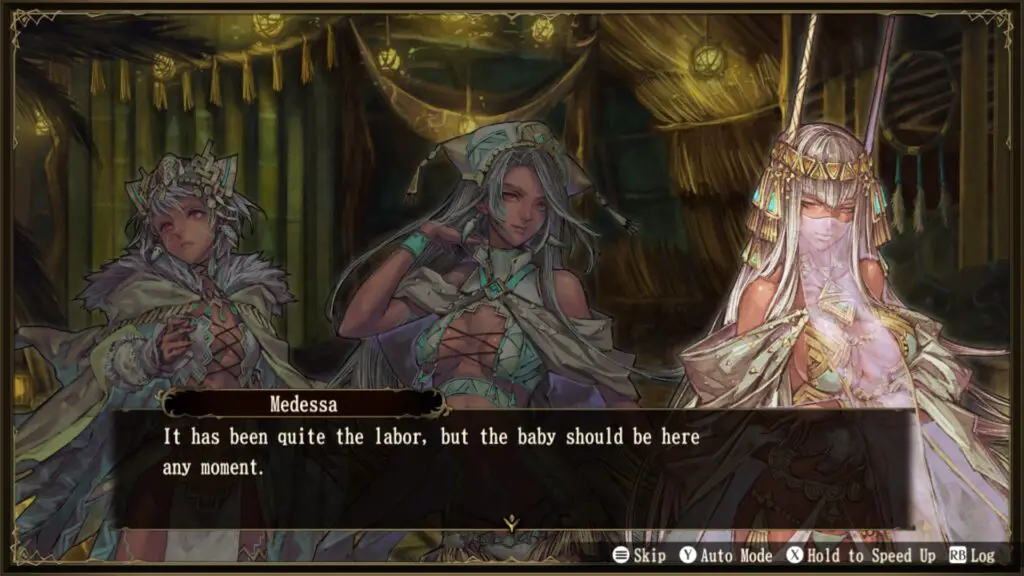
Unfortunately, the story is delivered through massive exposition dumps during cutscenes. Other than that, there’s doesn’t seem to be any narrative – not even during battles. However, similarly to modern Fire Emblem titles, each nation has unique lore, which the game presents in nice detail – with great artwork and Japanese dubbing. The stories will eventually intersect – so that our choices will have a strong impact on the overall outcome. Each side also has different units and powers, making them even more distinct.
TIME TO ATTACK
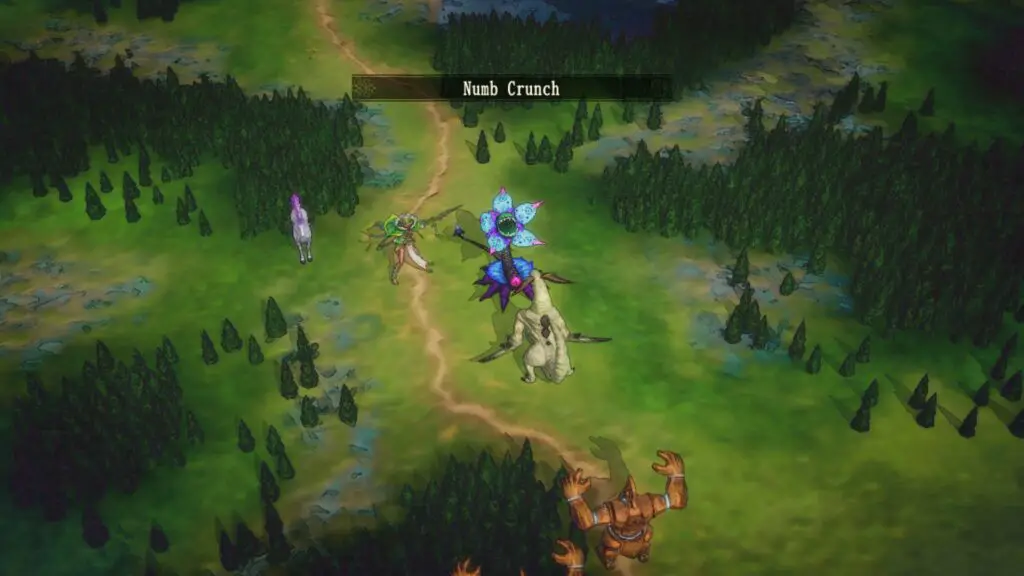
As I’ve mentioned, the gameplay moves in seasons, each consisting of two phases. During “Organisation” phase, the view is on the map, with the player organizing their troops. This might involve different mechanics: from moving soldiers between fortresses to summoning monsters and sending knights on quests. Each knight (or hero) has some troops under command. The player can then move the battalions around, but only between fortresses – either their own, or to attack the enemies’. Quests give knights experience points and possibly skills or items.
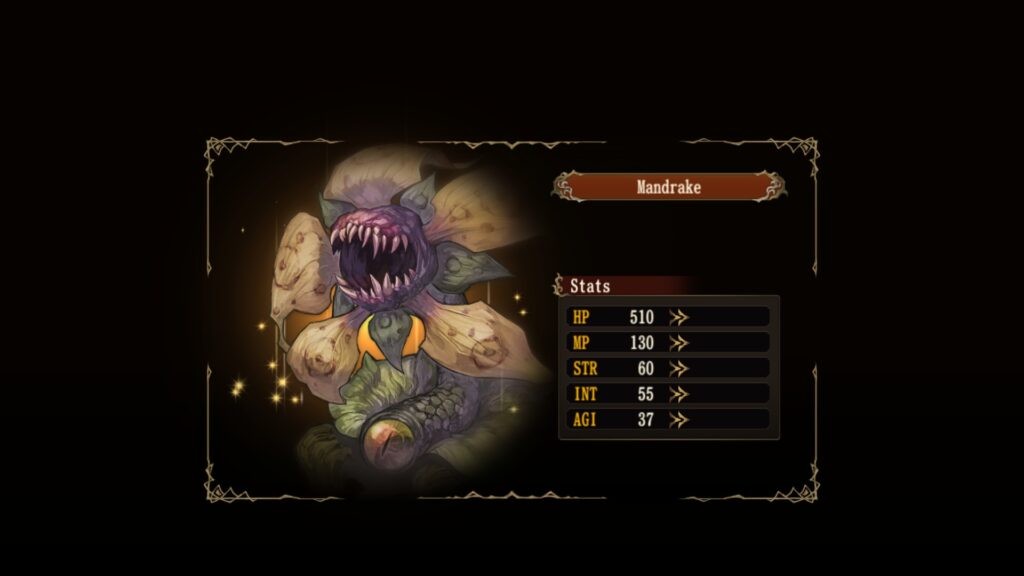
The second phase is of attacks and invasions. It begins when a fortress, either ours or the enemy’s, is under attack. The game keeps track of each battalion’s power, so we can avoid starting unwinnable battles. During combat, the view switches from the world to the hex battlefield. The fight then proceeds in turns. This works more or less how you’d expect: units can move and attack in a single turn, and all will counterattack in melee. Each unit has skills – like “basic” power attacks. In addition, the magical ones have spells like heal and weaken. Units also gain levels on the battlefield.

Notably, Brigandine‘s gameplay requires a lot of practice to master, and to adapt to its quirks. Even successfully finishing the organization phase and gathering the right troops to attack isn’t easy. The combat too isn’t straightforward. Going back to the Fire Emblem comparison, Brigandine definitely feels less “pick up and play” than some average title from the classic Intelligen Systems series. Especially so due to permadeath: losing a unit one has spent time and items to upgrade can certainly be frustrating. There is the possibility to revive them, but since it requires a rare item, most of the time they’ll just stay dead.
MORE MODES MORE MODES!
What I just described makes up most of Brigandine‘s single campaign. The PC version, however, offers a bit more. With the campaign finished, new modes will open up. For example, the Challenge mode, where you choose a set number of heroes and charge into battle; or the Creative mode that allows you to pick from the creatures you’ve already played with. These modes are nice for the fans, but won’t change anyone’s mind about the game.
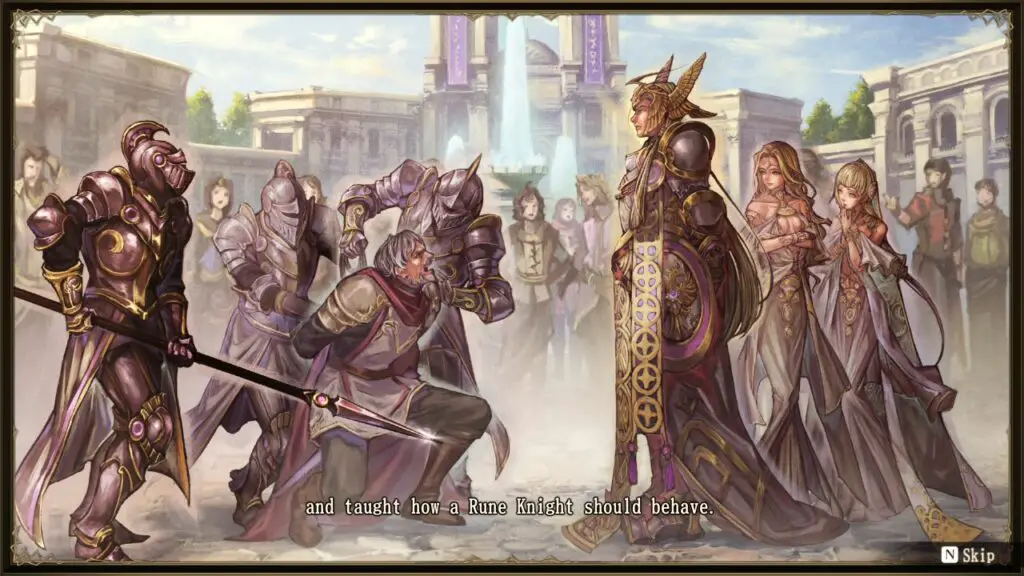
Overall, The Legend of Runersia feels a bit too impenetrable and, perhaps, not that rewarding in the long run. With lethargic half an hour-long battles, and slow management and movement phases, the player must learn by heart the tricks and skills of the various units (which they can do only through battles) – plus get very good at initial positioning and movement. Even the easy mode doesn’t seem to change much – just gives more time to complete the world domination. Still, as an update to the game that’s become a bit of a cult classic, The Legend of Runersia works okay. The original’s fans will undoubtedly be pleased. As for me, I went in quite excited, but the bloated narrative and the repetitiveness of conquering fortresses soon killed my excitement.

